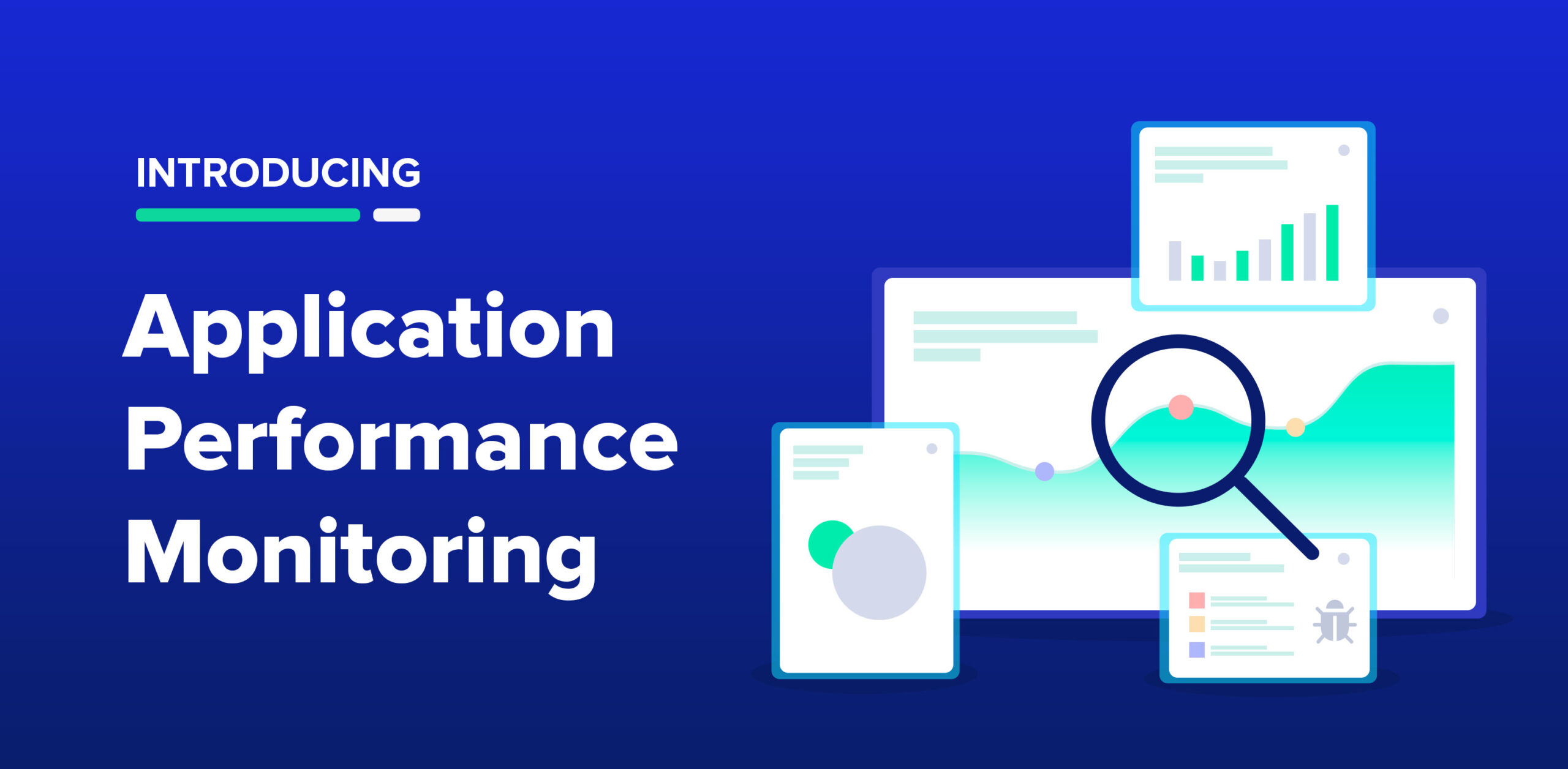Laravel Application Monitoring

Introduction
Application monitoring tracks and analyzes an application’s performance, availability, and health. It involves collecting and analyzing data on various aspects of the application, such as its response time, throughput, error rate, and resource utilization.
Application monitoring can help identify slow database queries, server downtime, errors, and other performance bottlenecks. By monitoring an application, you can ensure that it’s running smoothly, identify and fix issues quickly, and optimize its performance.
Application monitoring can be done using various tools and techniques, such as logging, performance profiling, server monitoring, and automated testing. Many application monitoring tools provide real-time dashboards, alerts, and reports that allow you to keep track of your application’s performance and health. Continuously monitoring your application can ensure it meets its performance objectives and delivers a positive user experience.
How to Monitor Your Laravel Application
There are various ways to monitor a Laravel application. Here are some common approaches:
- Use a monitoring tool: As mentioned in the previous answer, a monitoring tool such as Laravel Telescope, New Relic, AppDynamics, Scout APM, or Datadog can provide real-time insights into your Laravel application’s performance. These tools can help you identify and troubleshoot issues such as slow database queries, long-running background jobs, and errors.
- Use logging: Laravel has a robust logging system that allows you to log messages at various severity levels. You can use logging to track application events, errors, and exceptions. Laravel also supports logging into various channels, including files, syslog, and the database.
- Use performance profiling: Laravel includes a built-in profiler that allows you to measure the performance of your application code. The profiler can identify slow-running code, memory leaks, and other performance issues. The profiler also provides detailed information on database queries and HTTP requests.
- Monitor server metrics: Besides monitoring your application, it’s essential to monitor the performance of your server. You can use tools such as Nagios, Zabbix, or Munin to monitor server metrics such as CPU usage, memory usage, disk space, and network activity.
- Use automated testing: Automated testing can help you catch issues before they become production problems. Laravel includes a testing framework that allows you to write automated tests for your application code. You can use tests to validate the correctness of your code, as well as to measure performance and identify bottlenecks.
Monitoring Tools
There are various tools available for monitoring Laravel applications. Here are a few popular options:
- Laravel Telescope: Laravel Telescope is an elegant debug assistant for Laravel applications. It provides insight into the requests coming into your application, exceptions, log entries, database queries, queued jobs, mail, notifications, cache operations, scheduled tasks, variable dumps, and more. Telescope provides a beautiful interface to view and debug your application in real-time.
- New Relic: New Relic is a powerful application monitoring tool that provides end-to-end visibility into your Laravel application’s performance. It provides real-time data on application, database, and server performance. New Relic can also help you identify and troubleshoot application errors and exceptions.
- AppDynamics: AppDynamics is another popular application monitoring tool that provides real-time insights into your Laravel application’s performance. It can monitor the performance of your application code, database queries, and server performance. AppDynamics can help you identify and troubleshoot performance issues in your Laravel application.
- Scout APM: Scout APM is a performance monitoring tool for Laravel applications. It provides real-time insights into your application’s performance, including database queries, web requests, and background jobs. Scout APM can help you optimize the performance of your Laravel application and improve user experience.
- Datadog: Datadog is a cloud-based monitoring platform that provides end-to-end visibility into your Laravel application’s performance. It can monitor your application code, database performance, server performance, and more. Datadog can also help you identify and troubleshoot application errors and exceptions.
E-commerce Monitoring
E-commerce monitoring is tracking and analyzing the performance and health of an e-commerce website or application. It involves monitoring various aspects of the e-commerce platform, such as page load time, product availability, order processing, payment gateways, and the checkout process.
Some key areas that should be monitored in an e-commerce application are:
- Website availability: Ensure that the e-commerce website is accessible and always available to users. Any downtime or outage can result in lost sales and damage to the brand reputation.
- Page load time: Customers expect fast and responsive websites. Slow page load times can lead to a poor user experience and higher bounce rates.
- Product availability: Monitor product availability and ensure customers can purchase their desired products. Out-of-stock items can result in lost sales and frustrated customers.
- Order processing: Ensure that orders are processed correctly and efficiently. Any errors or delays can result in unhappy customers and lost sales.
- Payment gateway: Monitor the payment gateway to ensure that transactions are processed correctly and securely. Any issues with the payment gateway can lead to lost sales and damage to the brand’s reputation.
- Checkout process: Monitor the process to ensure it’s easy and intuitive for customers to complete their purchases. Any issues with the checkout process can lead to abandoned carts and lost sales.
E-commerce monitoring can be done using various tools and techniques, such as real-time monitoring, automated testing, performance profiling, and server monitoring. Many e-commerce monitoring tools provide real-time dashboards, alerts, and reports that allow you to keep track of your e-commerce application’s performance and health. By continuously monitoring your e-commerce application, you can ensure it meets your customers’ needs and drives sales.


